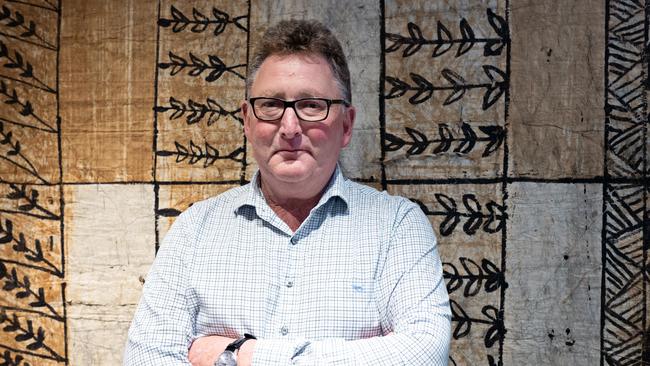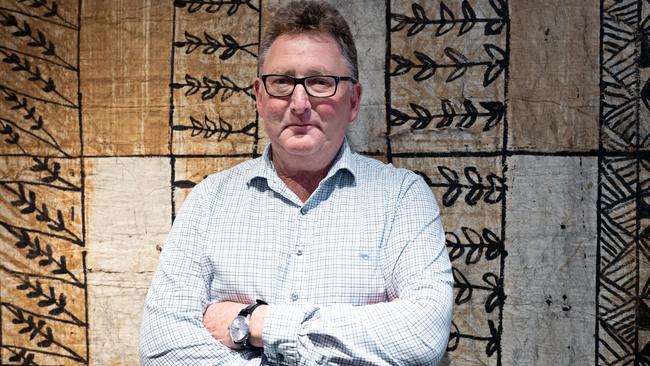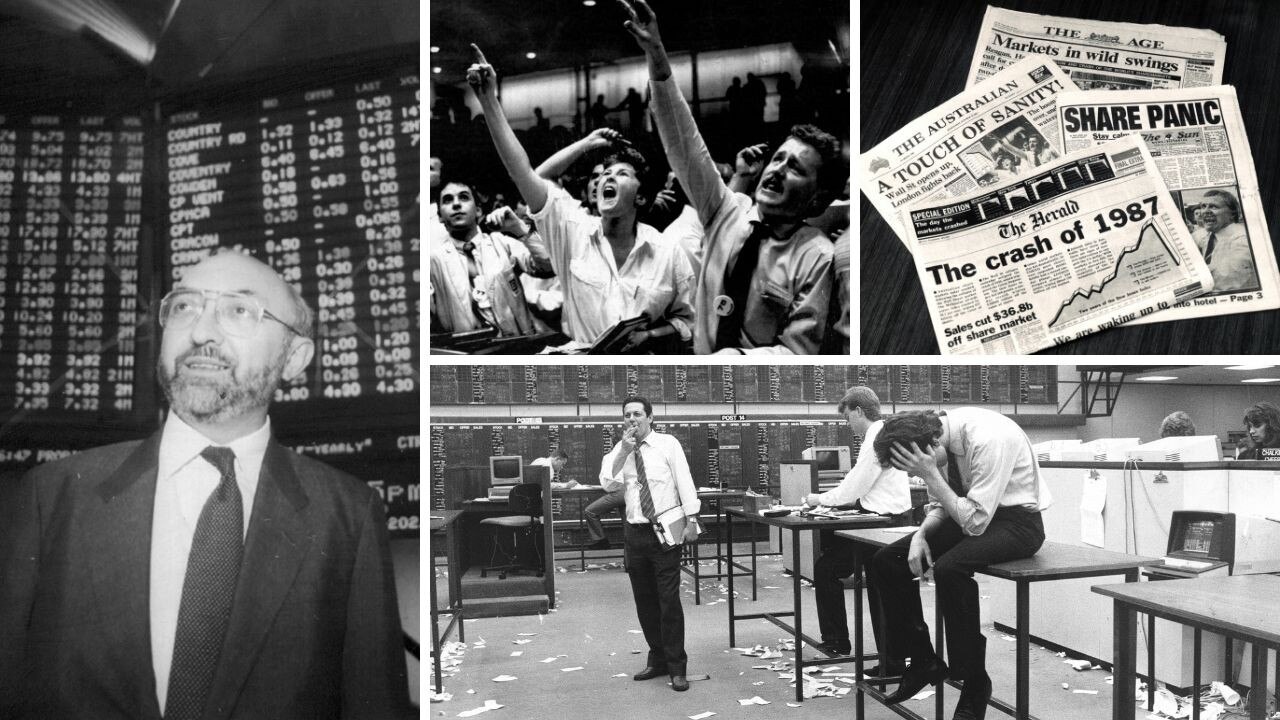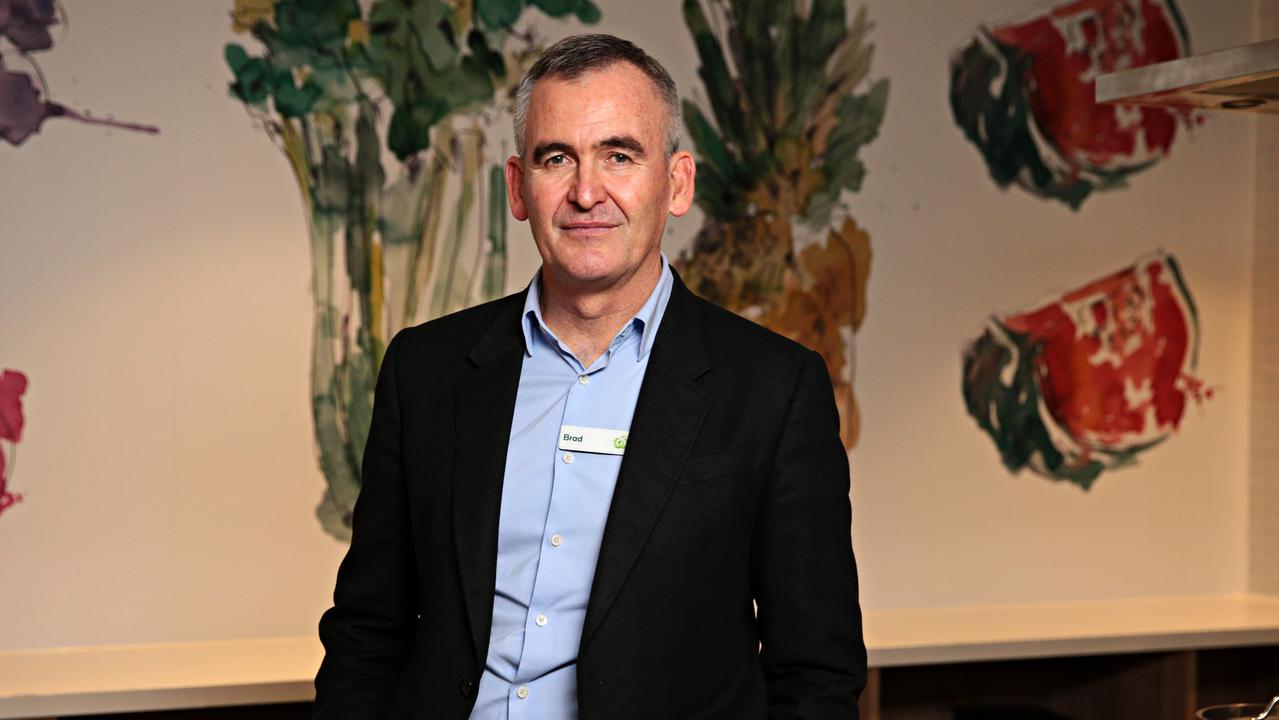New Zealand shows the world the way with interest rates
Adrian Orr, the New Zealand Reserve Bank governor, could be the last central banker in the world with a brain and a spine after hiking rates by 50 basis points on Wednesday.

Terry McCrann
Don't miss out on the headlines from Terry McCrann. Followed categories will be added to My News.
Is New Zealand Reserve Bank governor Adrian Orr the last central banker in the entire world with both a brain and a spine?
A brain, for understanding that you cannot – repeat, can not – let inflation get a grip.
Bluntly, worst case, if you have to choose between recession (and even, plunging house prices) and inflation, you have to choose recession.
Then a spine for being prepared to do something about it; Wednesday he raised NZ’s official interest rate by 50 points to 2 percent.
Compare and contrast. Orr started hiking last October.
This year he has hiked at every meeting – in NZ they are every six weeks compared to monthly here – and with 50 point hikes at the last two.
Our Reserve Bank only started hiking – as we all know, ‘controversially’ in the middle of the election campaign earlier this month - some seven months after NZ.
RBA governor Philip Lowe piked at doing even 40 points, starting with only 25 points – and even, albeit briefly, considered doing just 15 points.
Our official rate, consequently, is only 0.35 per cent compared with NZ’s 2 per cent.
So NZ has a worse or earlier inflation problem?
Well, not really.
Earlier, yes.

NZ inflation went from 3.3 per cent in the year to June 2021 to 5.9 per cent at December to 6.9 per cent at March.
The RBNZ aimed to hike into that inflation; and it’s not buckled even though NZ housing prices have started to.
Orr said Wednesday it was “resolute in its commitment to ensure consumer price inflation returns to within the 1 to 3 percent target range”.
Compare and contrast that with our Governor Lowe’s statement that it would be: “doing what is necessary to ensure that inflation in Australia returns to target over time”.
Hmm. One does sound a little more determined and more aware of the urgency.
But yes, our inflation was ‘only’ 3.5 per cent in December, before jumping to 5.1 per cent at March.
The difference, though, is an illusion.
The factors driving inflation are exactly the same on both sides of the Tasman, as they really are, broadly, and at least so far, global.
Our annual rate to December (and indeed, also to this March) was artificially and only temporarily subdued by the lockdowns in NSW and Victoria.
Lockdowns ended, and inflation bubbled straight up. As I’ve been explaining, inflation in the six months to March on an annualised basis was just shy of 7 per cent – pretty much in line with NZ’s 6.5 per cent for the same six months annualised.
The much more damming contrast is Orr against the Fed and its chairman Jerome Powell.
Inflation in the US took off early last year, driven not then by global factors – they really bubbled up this year, after Russia’s invasion of Ukraine – but deliberate policy measures of the new Biden administration, many of which our new Labor government wants to copy.
US inflation hit 7 per cent in December – to repeat, when NZ’s was 5.9 per cent and ours was only a, lockdown-constrained, 3.5 per cent – yet the US Fed did not hike at its first meeting for the year at the end of January.
The US Fed waited six weeks to mid-March; and remember, its interest rate was at zero; and even then, in mid-March, it still only lifted by a pathetic 25 points.
Powell muttered the most brain-dead, the most spineless, the most all-round disgraceful, sentence I have ever seen from a central banker when he was sitting on his hands in January.
“With inflation well above 2 percent and a strong labor market, the Committee expects it will soon be appropriate to raise the target range for the federal funds rate.”
Originally published as New Zealand shows the world the way with interest rates



